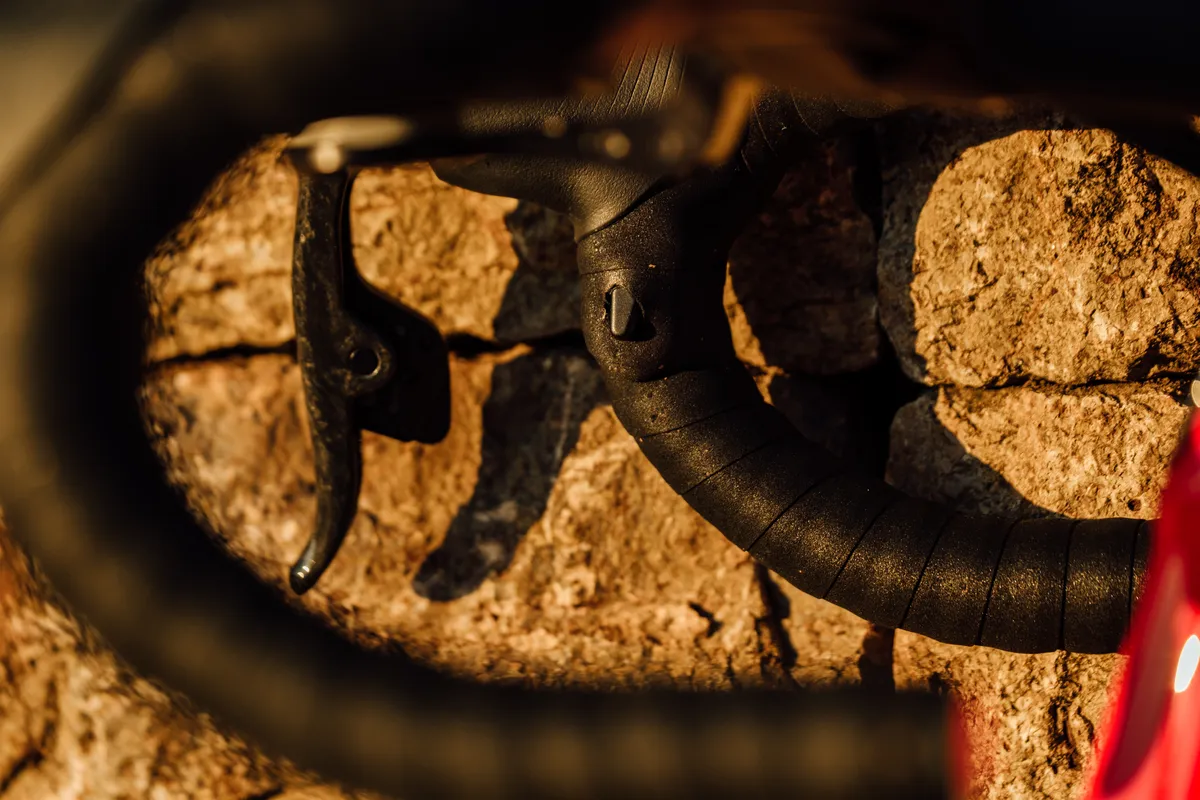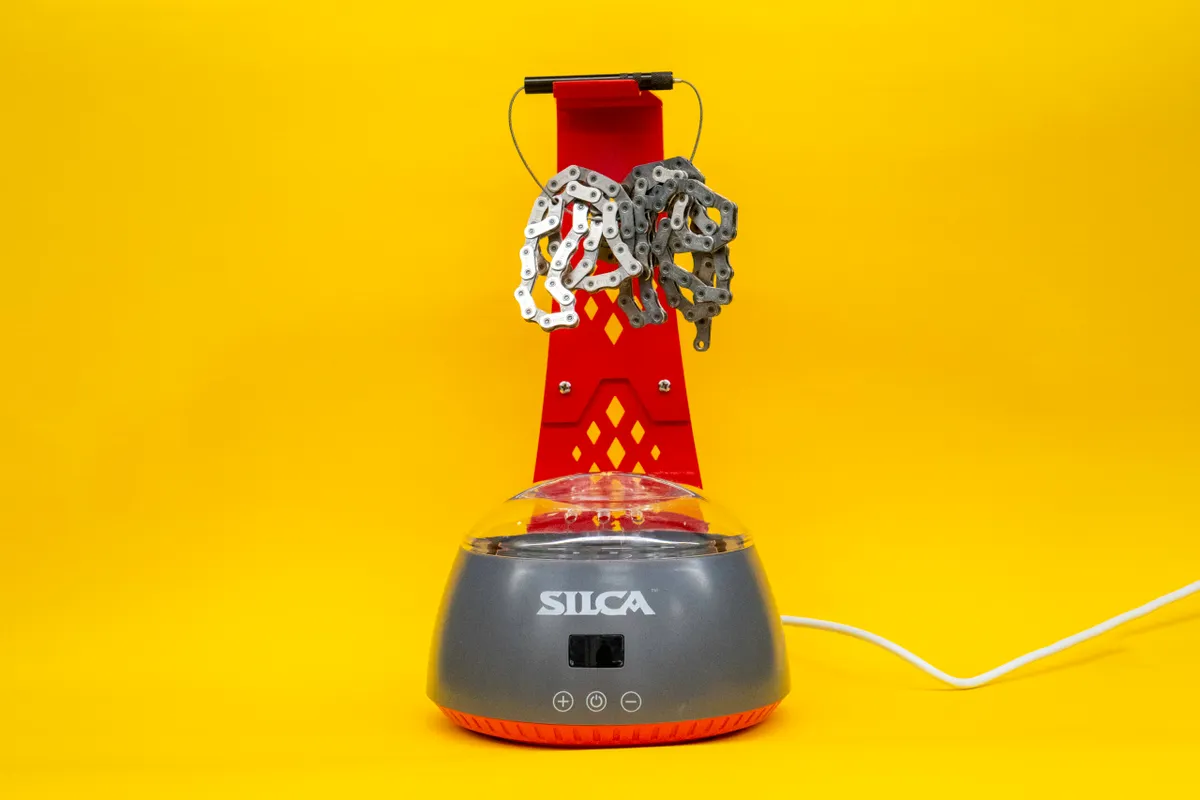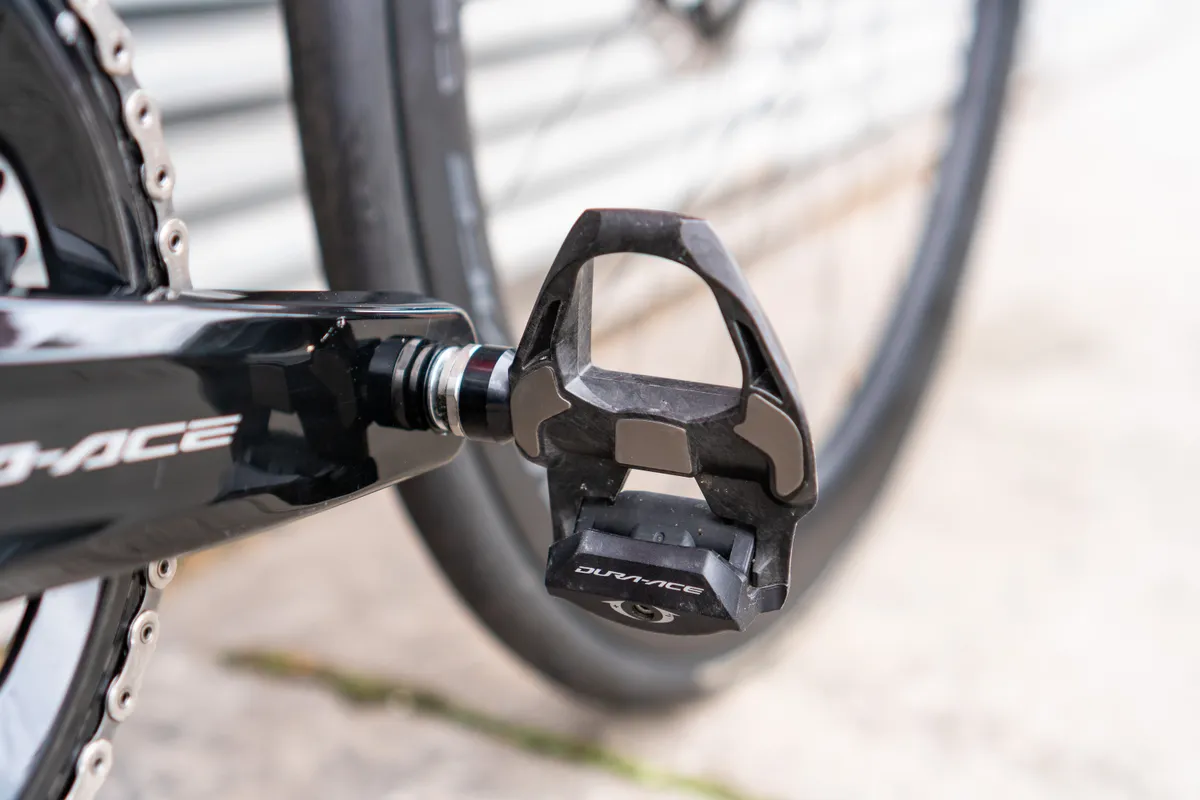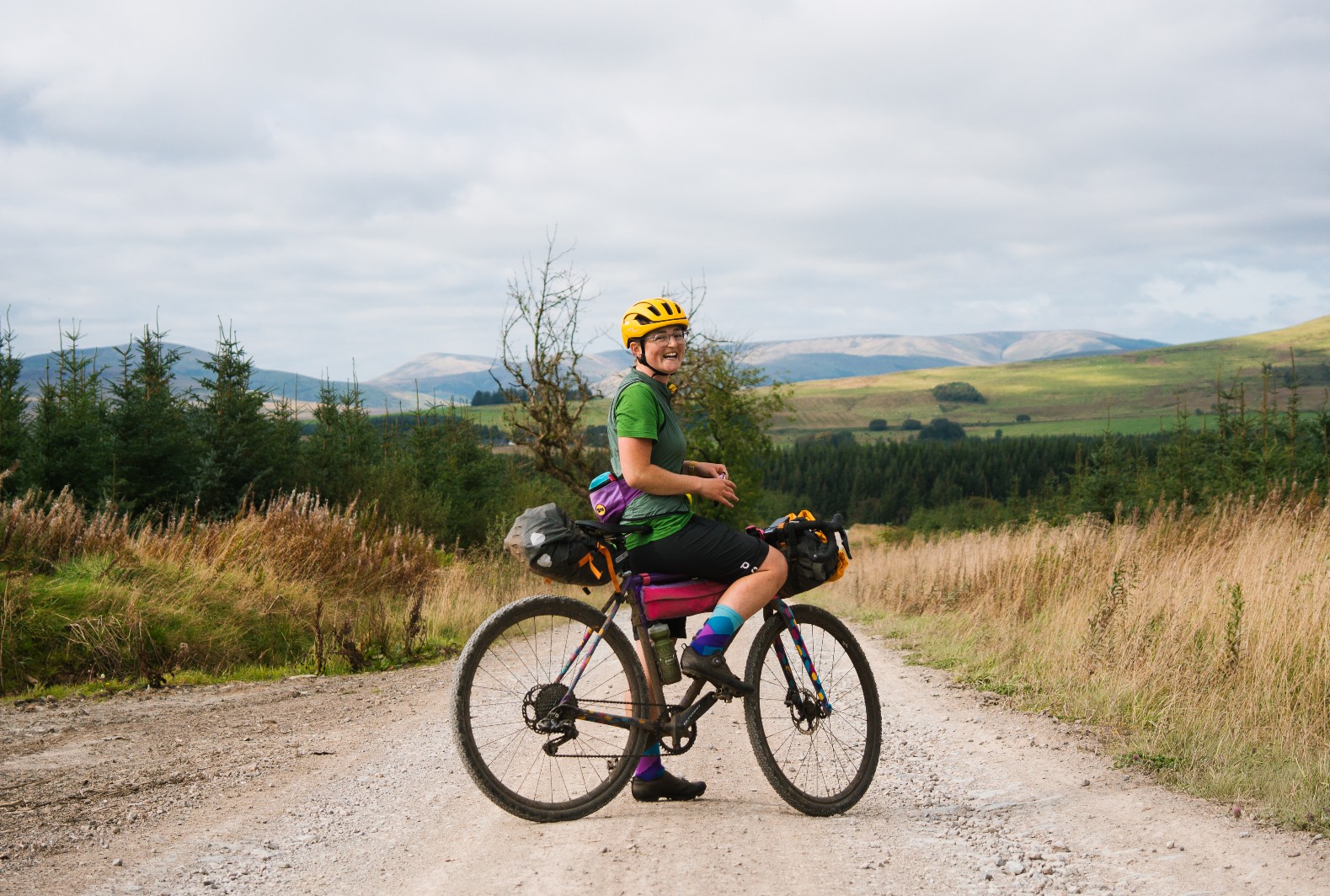Your bike tech can make a whole lot of difference to your ride – and this is especially true at gravel racing's pointy end, something Rosa Klöser and Paige Onweller know all about.
Klöser, 2024 champion of Unbound 200, is a full-time professional road and gravel cyclist for WWT Canyon-SRAM zondacrypto, alongside completing the final year of her PhD in maritime industry management.
The German has also secured podium places at the Traka and the UCI Gravel World Series 3RIDES in Germany, among others, seeing a remarkable rise to the top of the leaderboards despite having only started racing competitively in 2022.
With a more US-focused calendar, Onweller took third place in the Lifetime Grand Prix Overall in 2024 and was the 2022 winner of the Big Sugar Classic. Besides racing full-time, Onweller is a physician assistant, with eight years' experience in acute care medicine.
Like Klöser, Onweller is a relatively recent name in the gravel racing scene, turning to cycling in 2020 as a form of cross-training while recovering from a long-distance running injury.
But beyond their impressive palmarès, what makes these two pro cyclists so fascinating is their in-depth focus on tech, which is carefully selected for each race in their gravel calendars.
Blips and cockpit setups

Starting at the front of the bike, we quizzed Onweller and Klöser about their setups of choice.
Onweller opts for an integrated cockpit for racing, although not always for training.
“Everything’s nice and clean, it’s more aero,” she explains of her preferred setup, which she runs with a 37cm handlebar.
The hoods are turned in for a more aerodynamically optimised position, too.
“The blips are a small piece of tech that I would not race without,” Onweller continues, citing being able to use the remote shifters in the case of a crash and broken shifter, a battery malfunction or getting clogged with mud.

Onweller told fellow racers at Unbound, the world’s most prestigious gravel race, that with her blip shifters, she was ready for a sprint. Her fellow riders laughed at her, saying there wouldn’t be a sprint at the end of the arduous 200-mile race,.
“I proved them wrong,” smiles Onweller, who had sprinted her way into third place out of a nine-rider finish. “They were helpful.”
Klöser’s cockpit approach is similar, again opting for a fully integrated 37cm-wide handlebar. She is known for having the hoods tilted in to provide a very aggressive, aerodynamic position.
Race-ready gearing

Klöser and Onweller both opt for 1x drivetrains.
“I usually run a 48t with the 10-46 if I’m using 13-speed SRAM,” says Onweller. “I like the quickness and how it shifts much more like a road feel, and the spacing on the cassette is closer.”
For gravel races with steeper, tougher climbs, SRAM Transmission offers a better ratio, keeping a 48t chainring and pairing it with a 10-52 cassette, according to Onweller. For pure climbing races, she’ll drop down to a 46t chainring.
“I’ll do a recon and collect gear data,” Onweller continues. “SRAM has a nice app for that, so you can look at how much time you spend in each cog, and then you can also know your watts in that range as well.”
The pro gravel racer also collects gear data from racing, sometimes using previous races to help inform her gearing choices for each course. Onweller aims to spend most of the time in the middle of the cassette, because that gives the most efficient chainline.
Klöser also prioritises chainline efficiency, but often chooses a SRAM Transmission setup to enable her to spin up the climbs with a higher cadence, especially the steeper, rockier ascents that she often faces in European gravel races.
“I look back, for instance, at the world champs, then I also chose the SRAM XPLR setup with the 11-46 in the rear and a 48t in the front,” recounts Klöser.
“And quite similarly to Paige, I try to never go below a 46t chainring in the front because I want to have chainline efficiency. So, depending on that, I'm then choosing what I am running at the back, and if I'm going with a mullet setup or with the XPLR setup.”
Both racers opt for a single-chainring setup for a number of reasons. Firstly, it makes it much easier to swap out the chainring size. It also adds more tyre clearance at the rear and simplifies the system, which can help reduce the risk of mechanical issues.
“I think a 1x setup is also more aerodynamic,” says Klösser. “We can actually see now that people are opting for 1x setup at some road races as well, which I find quite interesting. The gravel XPLR groupset from SRAM is being used on those gnarly road races as well, which I think gives an indication that in high-speed scenarios that can be the preferred setup.”
To wax or not to wax?

Less of a component choice and more of a maintenance routine, Klösser and Onweller are dedicated chain waxers – and the Silca wax system is the choice of both racers.
“Waxing is really important for efficiency and durability – it’s just faster,” says Onweller.
“It works really well and they have different additives for a variety of races. Then when you’re in a pinch, you just use the wax lube, but that’s the one thing I’m really fussy about,” she adds.
Klöser echoes Onweller’s sentiments, adding that waxing is the one thing she recommends: “For me as a racer, I want the lowest possible friction in my chain.”
That’s not the only benefit from a waxed rather than oiled chain, though, according to Klösser, who made the switch only three or four months into her cycling career. It also keeps the drivetrain cleaner and more durable, and can take less time to maintain.
“Waxing is a great investment. Maybe the first setup takes a little bit of time, but then over time, it will save you time and money.”
While many pro gravel racers have the benefit of changing out components more regularly, Klösser reported improved chain longevity with a wax-based system from earlier in her riding career, revealing that chains bought in 2022 with more than 10,000km of wear were still running fine.
The great tyre-width debate

There is no one gravel tyre width that all racers agree on, for all races. The number one consideration will always be the race course and the technicality of off-road riding ahead.
“I like running a wide tyre most of the time, so almost always, at least in the US gravel, my choice will be running a 2.2in in the front and then a 2in or a 50mm in the rear if I'm racing on my [Trek] Checkmate, which is a more racy, snappy bike,” explains Onweller.
Onweller also has the choice of a Trek Checkpoint, which can take 2.4in in the front and 2.2in tyres at the rear, for races where extra tyre width is required.
“The extra volume helps avoid flats, and you can run a lighter-casing tyre.”
Onweller explains that the topic is so highly debatable because heavier tyre casings make the tyre slower, and often people are referring to wider mountain bike tyres rolling slower rather than comparing like-for-like casings at different widths.
To work out which wheels and tyres to run, Onweller looks at the average speed of the race, because there remains some debate over which gravel wheel and tyre combinations are fastest.
“I think most people are running too high of pressure a lot of the time, and that also impacts rolling resistance quite a bit,” says Onweller.
Just like Onweller, Klöser has to adapt her tyre choice to each course's terrain.
“I do lean on 45mm tyres a couple times more in a year because I’m based in Europe with really fast and snappy UCI races,” says Klöser, who often opts for Continental Terra Speed tyres, especially where the course involves sections of tarmac.
One other difference Klöser highlights is how the tyre sits on the rim, with gravel tyres giving a more rounded profile and mountain bike tyres squarer.

Klöser admits she considers tyre widths upwards of 45mm, such as the Continental Terra Speed or Race King in 2 or 2.2in. The wider, higher-volume tyres also help to improve comfort, according to Klöser, working a little like suspension.
While her Canyon Grail race bike can fit 2in easily up front, she’ll consider racing on the Canyon Grizl with more tyre clearance if the race demands a wider tyre, with the extra volume giving extra puncture protection.
“To be honest, I'm also really big on all sorts of data on bicycle rolling resistance and due to the different casings that can be used in mountain bike tyres, actually they prove to be the faster option from category one gravel onwards,” reveals Klöser.
“So if the race is a predominantly gravel-like course, especially if it gets really chunky, I do opt for a wider mountain bike tyre where possible.”
Klöser pairs her tyres with a deep-section Zipp 303 XPLR SW wheelset, citing the wide inner rim diameter as a major positive for stability, and enabling you to run much lower tyre pressures, reducing rolling resistance on chunkier gravel.
However, if setting up for a race in very hilly terrain, Klöser admits she would probably opt for a lighter climbing wheelset instead.
Optimising the contact points for racing

Besides the cockpit, optimising other contact points, including the saddle, shoes and pedals, is key for comfort over the longer distances of gravel racing.
Getting the right saddle fit for you is absolutely paramount, especially when it comes to riding for hours in an aggressive aerodynamic position.
Onweller says this can cause “a lot of pressure” in the saddle area, but besides finding the best perch for you, working on your core and upper body is key to being able to sustain that position in relative comfort.
Opinion remains divided when it comes to shoe and cleat choice for gravel racing.
“Most of the pros are on a really stiff carbon-plated shoe,” says Onweller. “That can be interesting because it's quite uncomfortable over long durations, so I actually prefer to race on a road pedal, if it's not muddy at least, and I feel the power transfer and the contact point in my foot is more comfortable.”
Unlike Onweller, Klöser has switched from road to mountain bike style shoes, referring to quicker reaction times as her main reason.
“In gravel races now, with the growing peloton, there's always a crash. I just feel like [mountain bike pedals] give me this 0.05-second advantage to clip out quicker and maybe avoid the crash in front of me, that will then save me valuable time in the race.”
